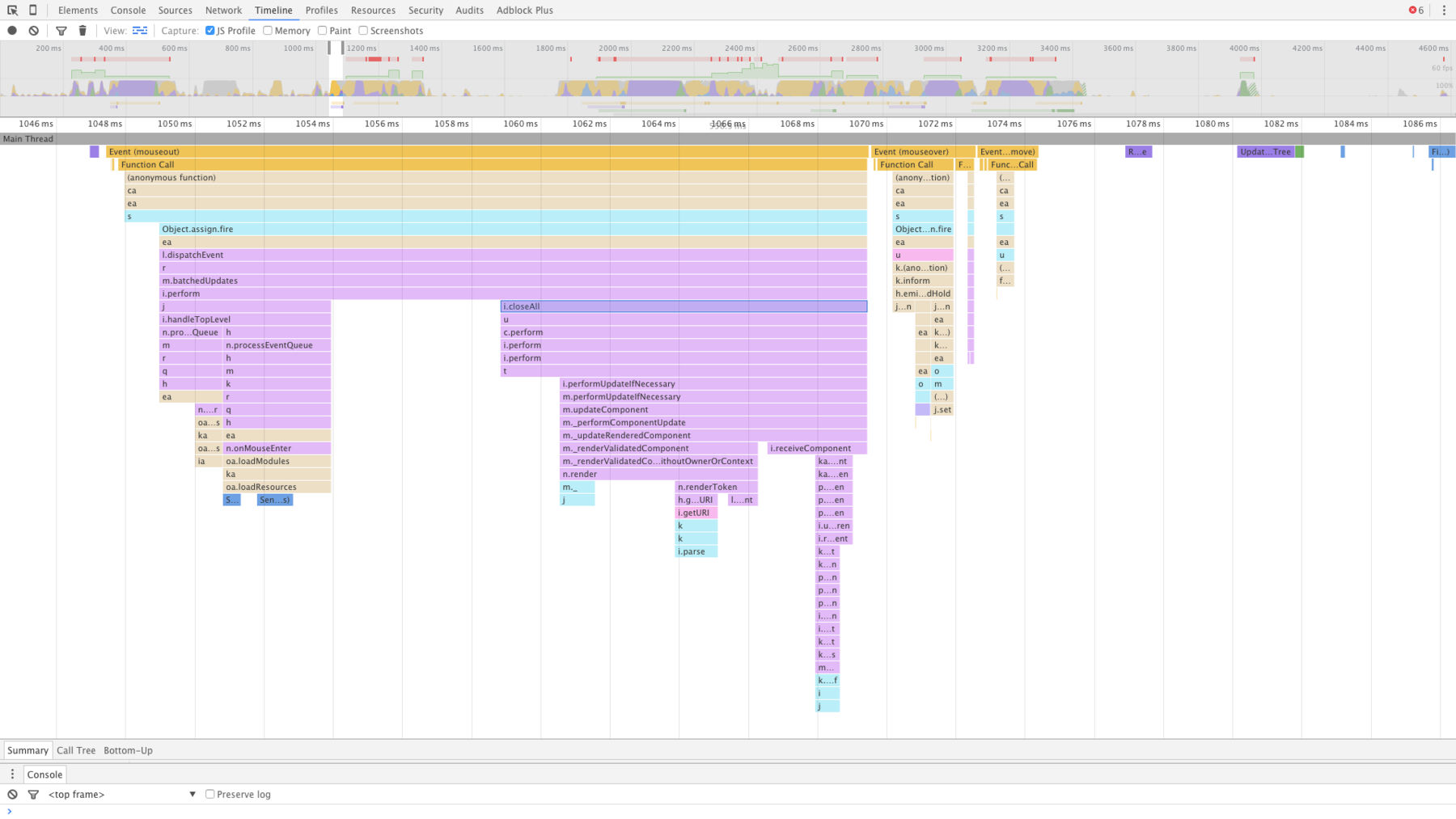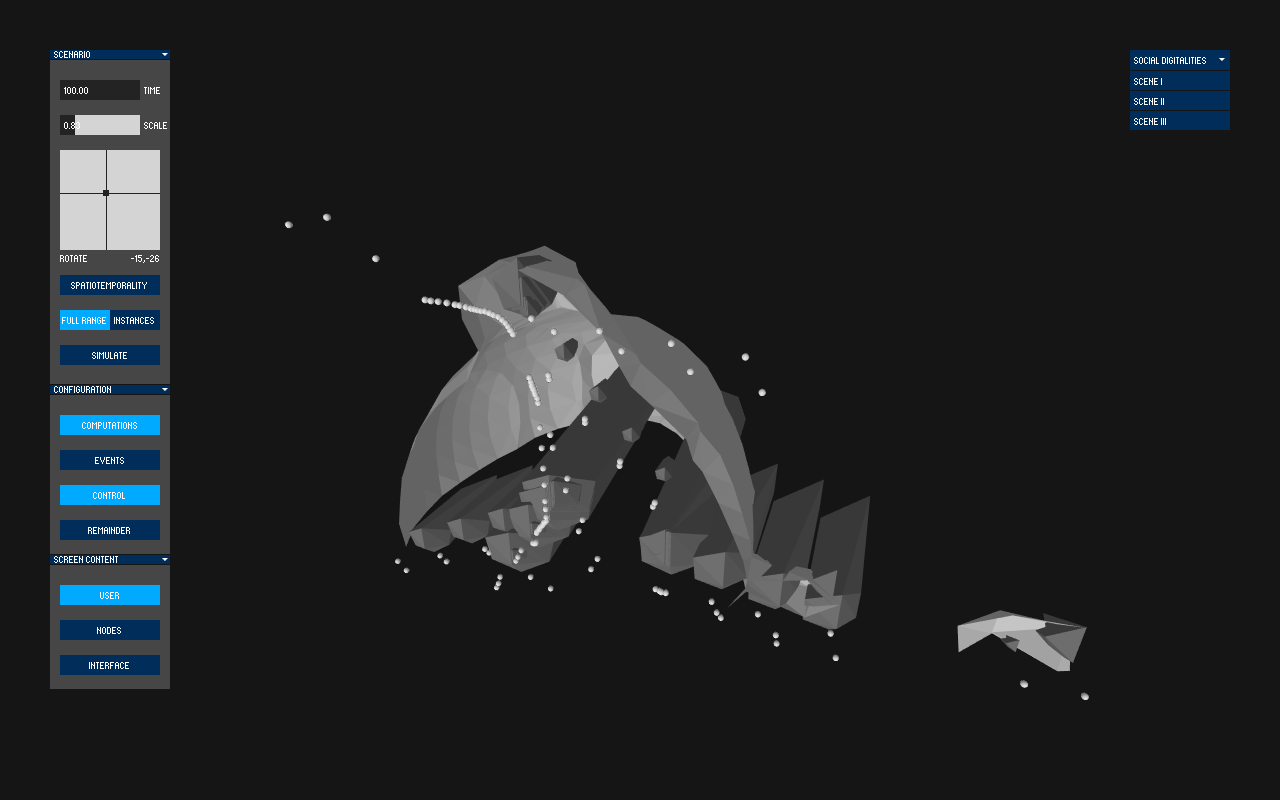↑ Dissensual Places
Jesse Josua Benjamin, 2016, Thesis MRes Arts and Cultural Research,, University of Brighton. https://www.researchgate.net/publication/309464910
Theory Part 1:
Algorithmic systems can become staggering in terms of their vast topologies—both physical and digital; localized and distributed1. The contrast between any consideration of this scale and the mundane interfaces that govern our everyday interaction with algorithmic system is striking. Yet the conditions for how these systems, arguably, shape our access to the world and each other are made in these computational spaces.
The premise of this research is to create an interfacial artifact that represents its origin in computational topology in a more ontologically truthful manner. For a theoretical grounding, I consider Parisi's argument for mereotopology2 as the basic onto-epistemological3 principle for algorithmic systems. An artifact of an algorithmic system in this sense is a set of parts, indicative of yet irreducible to the overall computational space (which is, in correspondence, also irreducible to the artifact).
Methodology Part 1:
(1) To source an interfacial artifact for the instance of a Facebook "Like", I used Google Chrome Devtools to record the computational activity governing the period of my activity.
(2) I then imported the time-coded data into a custom-made application4 to render various types of data (e.g., infrastructural activities such as updates and pre-renderings or user actions such as mouse movement etc.). I was especially keen to be able to reproduce the steps in my original activity. Accordingly, I rendered the stacks of computational activity as isometric hulls and positions them corresponding to my last activity (i.e., mouse movement). A further isometric surface was introduced to describe how my activity "shrunk" the computational space for other potential activities.
(3) To generate a further distancing from the conventional Facebook user interface, I then decided to make use of the volumetric data generated in step 2 by creating stereolithic prints (e.g. 3d-printing). As scaffolding structures where automatically generated for reasons of stability during the printing process, these came to serve metaphorically as the parts of the mereotopological space I was unable to source or translate.


